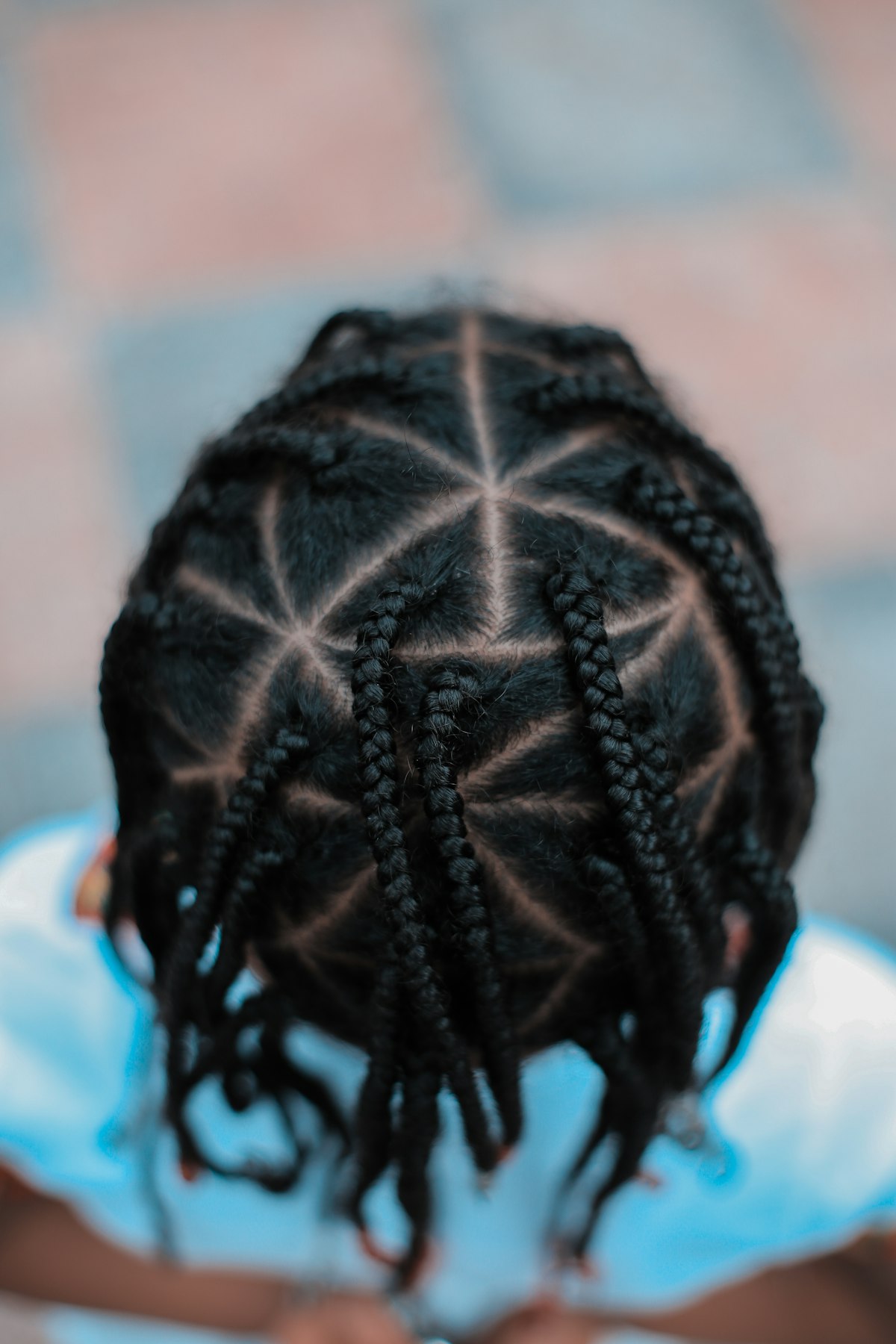African hair braiding is a traditional hairstyling technique that has been practiced for centuries in various African cultures. It involves weaving, twisting, and braiding natural hair into intricate patterns using hands, combs, and sometimes extensions or beads. African hair braiding is a way to style hair and a form of cultural expression, identity, and artistry.
One of the most distinctive features of African hair braiding is its versatility. There are numerous braiding styles, each with its own unique characteristics. Some popular styles include cornrows, box braids, Senegalese twists, and Ghana braids. These styles can be worn by people of all ages, genders, and hair types, making African hair braiding a truly inclusive and universal practice.
African hair braiding requires skill, patience, and creativity. Braiders must have a deep understanding of different hair textures, lengths, and thicknesses to create the desired look. They use their hands as their primary tools, manipulating the hair into intricate patterns and designs. The process can be time-consuming, with some styles taking several hours or even days to complete. However, the final result is often stunning and can last weeks or months with proper care.
Beyond its aesthetic appeal, African hair braiding carries significant cultural and historical significance. For many African communities, hair has always been an important aspect of identity and heritage. Hair braiding techniques have been passed down from generation to generation, connecting individuals with their roots and preserving their cultural traditions. In some cultures, braiding patterns and styles can even signify a person’s age, marital status, or social status.
In addition to its cultural significance, African hair braiding has also become a thriving industry and a means of economic empowerment for many African women. Braiders have turned their skills into lucrative businesses, opening salons and offering their services to clients of all backgrounds. The demand for African hair braiding has grown exponentially in recent years, as people from all walks of life have come to appreciate its beauty and elegance.
However, despite its popularity, African hair braiding has faced various challenges and regulations in some countries. In the United States, for example, there have been instances where braiders have been required to obtain costly cosmetology licenses, even though their practice does not involve the use of chemicals or cutting tools. This has sparked debates about the cultural appropriation of African hairstyles and the need for more inclusive regulations recognizing the unique nature of African hair braiding.
Overall, African hair braiding is much more than just a hairstyle. It is a form of self-expression, cultural preservation, and economic empowerment. It represents the rich diversity and creativity of African cultures and serves as a reminder of the beauty and resilience of African people. Whether worn as a fashion statement, a celebration of heritage, or a means of income, African hair braiding continues to captivate and inspire people worldwide.

